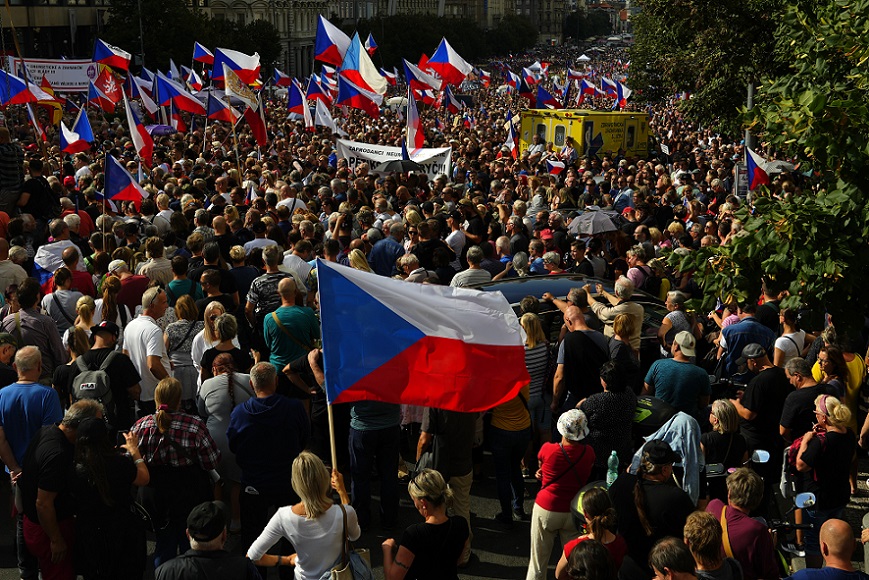The inflation rate in the European Union rose to 10.9 percent in September, compared to 10.1 percent in August, according to the Eurostat statistical office.
The highest year-over-year rate of inflation recorded was in the Baltic countries of Estonia (24.1 percent), Lithuania (22.5 percent), and Latvia (22 percent). Conversely, the lowest inflation rates for September were recorded in France (6.2 percent), Malta (7.4 percent), and Finland (8.4 percent). Also in Germany, inflation rose by 2.1 percentage points compared to August, reaching 10.9 percent.
[pp id=50719]
Countries in Central Europe have also been hard hit. In Hungary, the inflation rate increased significantly for the second month in a row, this time by 2.1 percentage points to 20.7 percent, while in the Czech Republic, the rate of year-over-year price growth accelerated by .7 percent, hitting 17.8 percent to become the fifth highest in the EU.
Prices grew significantly faster than last September when the post-pandemic recovery and energy crisis had not yet fully manifested themselves in the economy. At that time, the inflation rate was 3.6 percent in all 27 EU countries and 3.4 percent in the 19 states using the common currency.
Eurostat revised the September inflation rate in the eurozone, estimated at 10 percent two weeks ago, to 9.9 percent. In August, it was 9.1 percent.
Compared to August, the inflation rate rose in 20 EU countries, fell in six, and remained unchanged in Croatia, according to Eurostat. In the eurozone, energy contributed the most to inflation, with a share of 4.19 percentage points. Food, alcohol, and tobacco (+2.47 points), services (+1.80 points), and non-energy industrial goods (+1.47 points) followed behind.






